In the past, the instant camera was an important tool for analogue photographers. They used this camera model, which was able to produce photos instantly, to determine the arrangement and lighting of their subjects in advance. This way, they could save the precious film of the analogue camera and played it safe to get a satisfying result in the end. Today, however, instant cameras are used much more for party fun. For example, it is no longer possible to imagine weddings without them. The advantage: thanks to the instant camera, photos can be shared with friends immediately - and not just digitally, but printed directly onto paper. You simply aim at your subject, press the shutter release and after a short time you have the finished picture in your hand. The instant camera market is dominated by Fujifilm's Instax range and Polaroid, with both systems working on the same principle.
To start using an instant camera, you need nothing more than a suitable instant film. The camera prints the photo on this film immediately after taking it, so that time-consuming development in the photo lab is completely unnecessary. Instant films are available from various manufacturers, so you can choose from a wide and varied range. These analogue films are distinguished by their image format, for example. If you also own or would like to buy an instant camera and are still thinking about which instant film you need for it, please take a look at our extensive range. In the lower section of the shop, we have compiled some interesting information on instant films for you. Read on there if you are still having a hard time choosing and need help with your purchase decision. Once you have started snapping away, you will realise that it is simply a pleasure to take photos with an instant camera and to hold them in your hands shortly afterwards.
Analogue film was the classic medium for any kind of image recording until digital camera technology started its triumphal march around the turn of the millennium. Today, film tends to lead a niche existence, but - despite the decline in sales - it still has its raison d'être. Analogue films can be archived without media technology, are physically tangible and authentic. Instant films in particular are still enormously popular with many photographers today. They combine an important advantage of the digital camera - namely the ability to view the photo immediately after taking it - with the advantages of analogue photography. Each photo from an instant film is an original that cannot be duplicated. That is why these films are especially popular in the artistic field, but also in amateur and documentary photography.
Until production was stopped in 2008, instant films were only produced by Polaroid. The special film material is experiencing a great revival at the moment. The Dutch factory in Enschede was taken over by the company "Impossible Project". Since then, black-and-white and colour films in the original format for the old Polaroid cameras have been available again. The films were reworked according to Formula 2.0, which preserved the retro charm of the films but gave them a more modern face. Thus, the black-and-white film offers a higher contrast and a more consistent quality. In addition, the development process now takes place directly in front of your own eyes after you press the shutter button. Currently, colour and black-and-white films are available for three Polaroid camera models:
Impossible Project also offers the old, refurbished Polaroid cameras. The light sensitivity of the films for the SX-70 is low. The ISO value here is 160. The images are therefore sharp and have a fine grain. However, the exposure latitude is small, so exact exposure is necessary for good picture results. A film cassette contains eight frames, which have the typical white frame and an image field of 7.8 x 7.9 centimetres. Development begins after two minutes and is completed after 20 to 30 minutes.
Beginners are well advised to use film for the Polaroid 600. With an ISO value of 640, it offers higher light sensitivity, which also means greater exposure latitude. In terms of image format and number of images per cassette, this instant film is identical to the SX-70. The film for the Polaroid Spectra is a further development of the 600 film. The format is rectangular with dimensions of 9.2 x 7.3 centimetres. The Polaroid Spectra is popular with many beginners because it has an electronic flash and an autofocus, which makes it versatile. Impossible Project also offers instant films for its own development called "Instant Camera I-1".
What is new is that Fujifilm now also offers instant films. With the instax mini series, the company also launched new film material in its own picture format. These films are cheaper than the film material from Impossible Project. Therefore, it is more suitable for photographers for whom the fun factor is in the foreground. The pictures are characterised by fine grain and very natural colours. Compared to the Polaroid photo, however, the format is much smaller at 6.2 x 4.6 centimetres. The light sensitivity of the Fujifilm instant films is extremely high at ISO 800, which means that good pictures can be taken even in low light. A Fujifilm instax mini pack contains ten individual pictures and can be used for all Fuji cameras in the instax mini series.
At the moment, instant films are celebrating a real revival. Although they are no longer mass-produced items, they are cult objects that have a charm all of their own. At parties and weddings, almost nothing is possible without instant cameras and the corresponding film material. The photos of the Polaroid formats relaunched by Impossible Project have an individual, unmistakable look that is appreciated by discerning photographers as well as by artistically oriented photographers. The film types of the instax mini series from Fujifilm offer a cheaper and faster photo pleasure. They are also suitable for photographers with lower demands who place more emphasis on the fun factor. This film material offers a high entertainment value and is good for spontaneous gifts to friends or family. Of course, when taking pictures with an instant camera, you should not forget that a single instant picture costs two to three times as much as the corresponding slide or negative film shot. On the other hand, each picture is unmistakably unique!
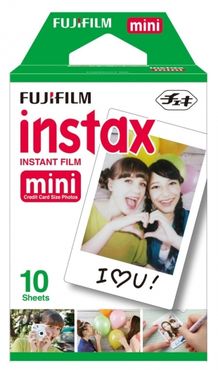
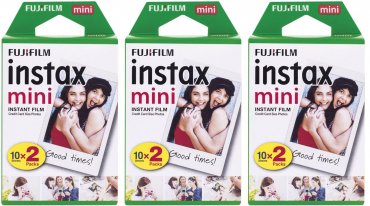

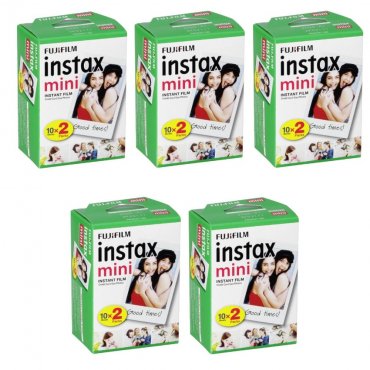
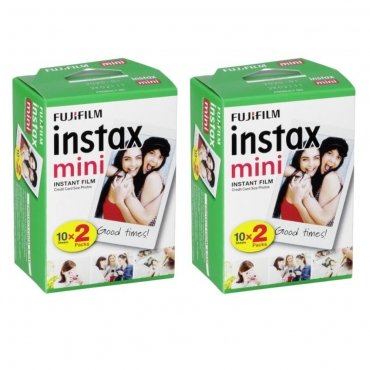

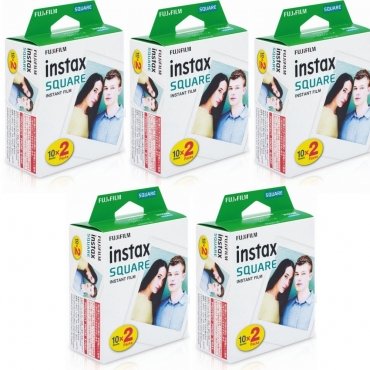

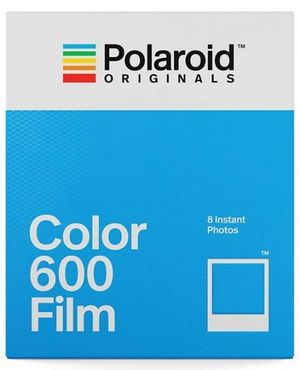

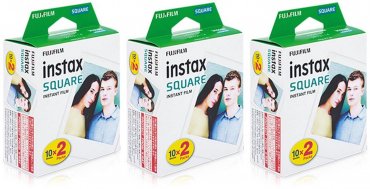
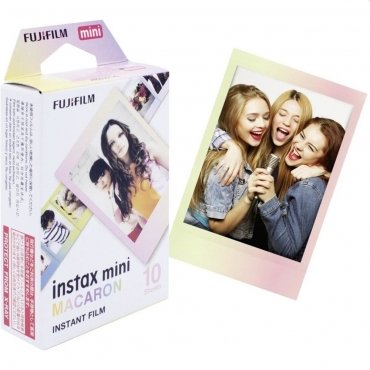
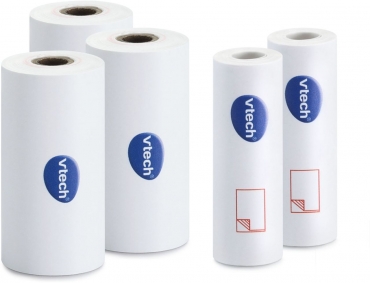



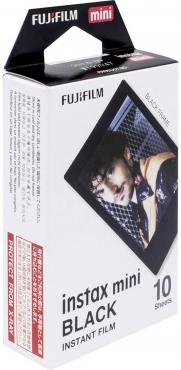
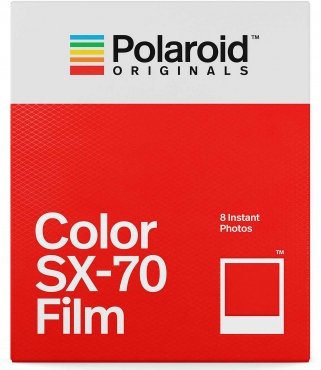

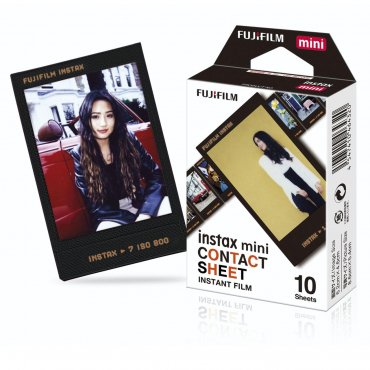
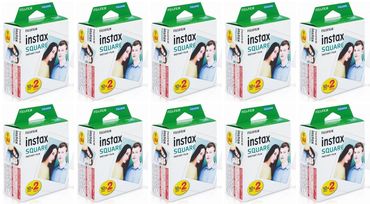
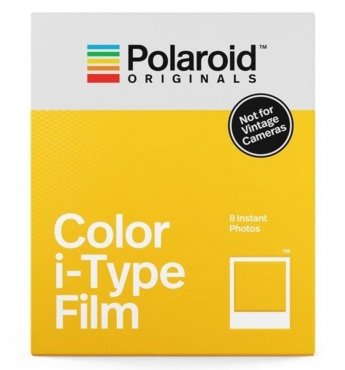
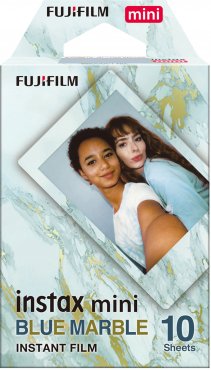
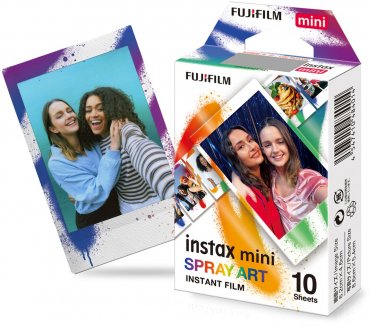
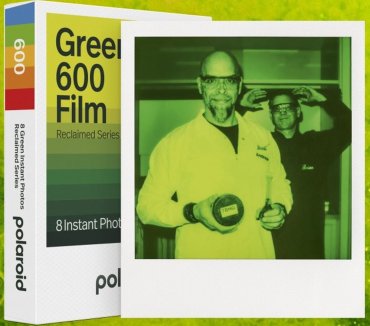
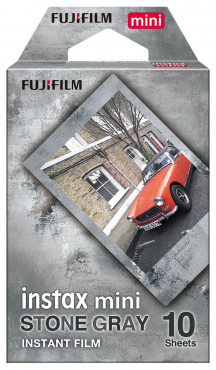

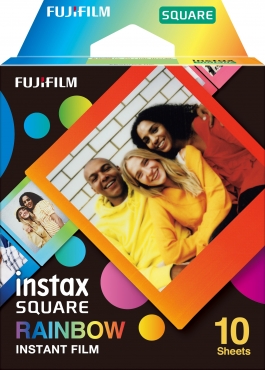
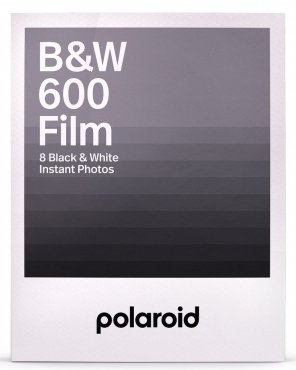
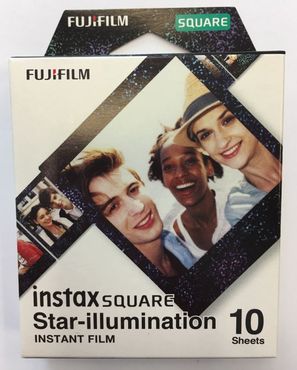
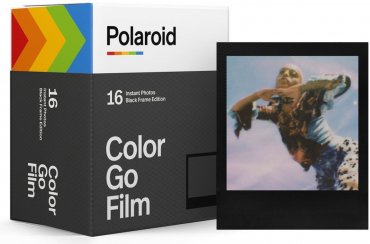

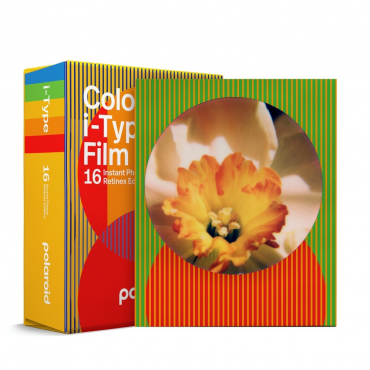
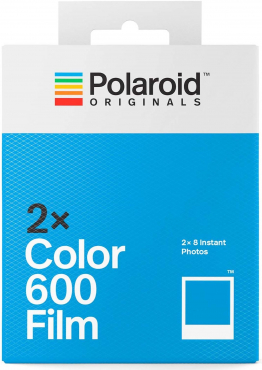


Simply subscribe and benefit as a newsletter recipient every week: